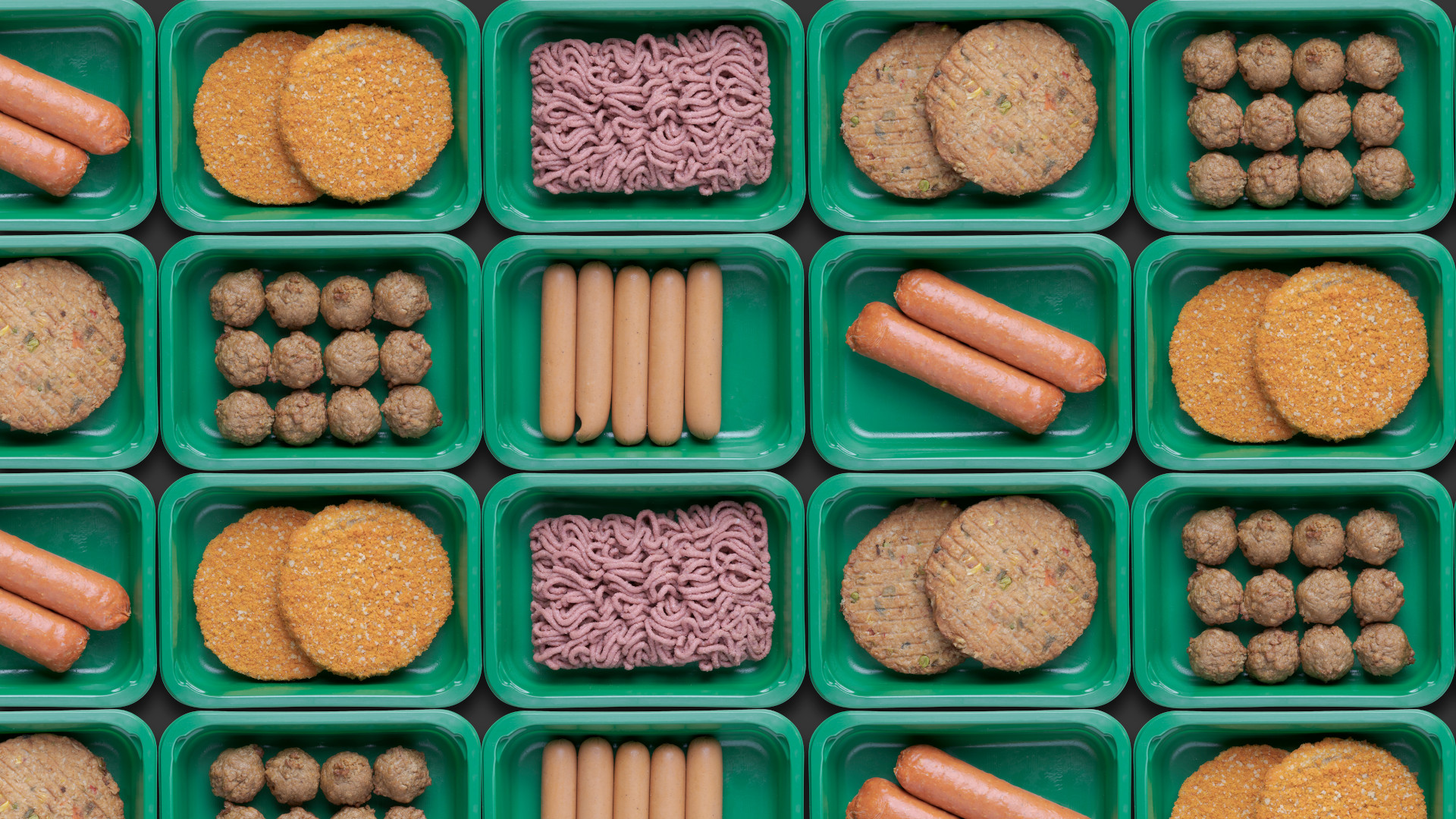Dandelion inulin crystallizes in foods
Researchers from Mainz have found out why the addition of inulin from dandelion changes the texture of food: The colder the mixture, the more it crystallizes.

Dandelion is much more than a common flower - dandelion rubber is already used to make car tires. Moreover, a molecule from the dandelion root, inulin, is also added to many foods, for example as a low-calorie fat substitute. However, it is not an equivalent substitute, because yoghurt with inulin has a different texture and thus leaves a different feeling on the tongue. Scientists at the Max Planck Institute for Polymer Research (MPI-P) in Mainz have therefore investigated the physical properties of various inulin preparations.
An indigestible dietary fibre
Inulin is a long-chain molecule contained in many foods and plants such as chicory and dandelion. It is practically indigestible and therefore a good dietary fibre for the human organism. This is why inulin is used, for instance, to increase the fibre content in sausage products. But similar to yoghurt, inulin also changes their texture.
Inulin crystallizes in cool solutions
Polymer researchers led by Thomas Vilgis have now discovered the reason behind it: In the scientific journal "Food Hydrocolloids", they describe inulin as flexible rods that are dissolved in water while stirring. Once the liquid has settled or cooled, the rods arrange themselves next to each other and crystallize. This solidifies the liquid and gives it a different texture. If the liquid is heated, however, the rods dissolve again. This effect was also apparent under mechanical stress such as strong stirring. According to the study, the flow properties can be precisely adjusted and solids can become liquid after shaking.
Production influences later behaviour
The researchers come to the conclusion that inulin gels produced at temperatures around 25° C are firmer than those produced at higher temperatures around 60° C. The reason: the warmer the solution, the more inulin particles are dissolved. This also applies to inulin mixtures. At 60° C, the majority of the inulin molecules are dissolved, so that the number of inulin crystals is reduced to a few but relatively large molecules. These are less well bonded and therefore have a lower strength. If the production takes place at 25° C, however, many small inulin crystals are formed. The number and size of the crystals also determine the feeling in the mouth. When eating, the mechanical forces of the tongue, palate and teeth also act, releasing some of the inulin crystals.
jmr


